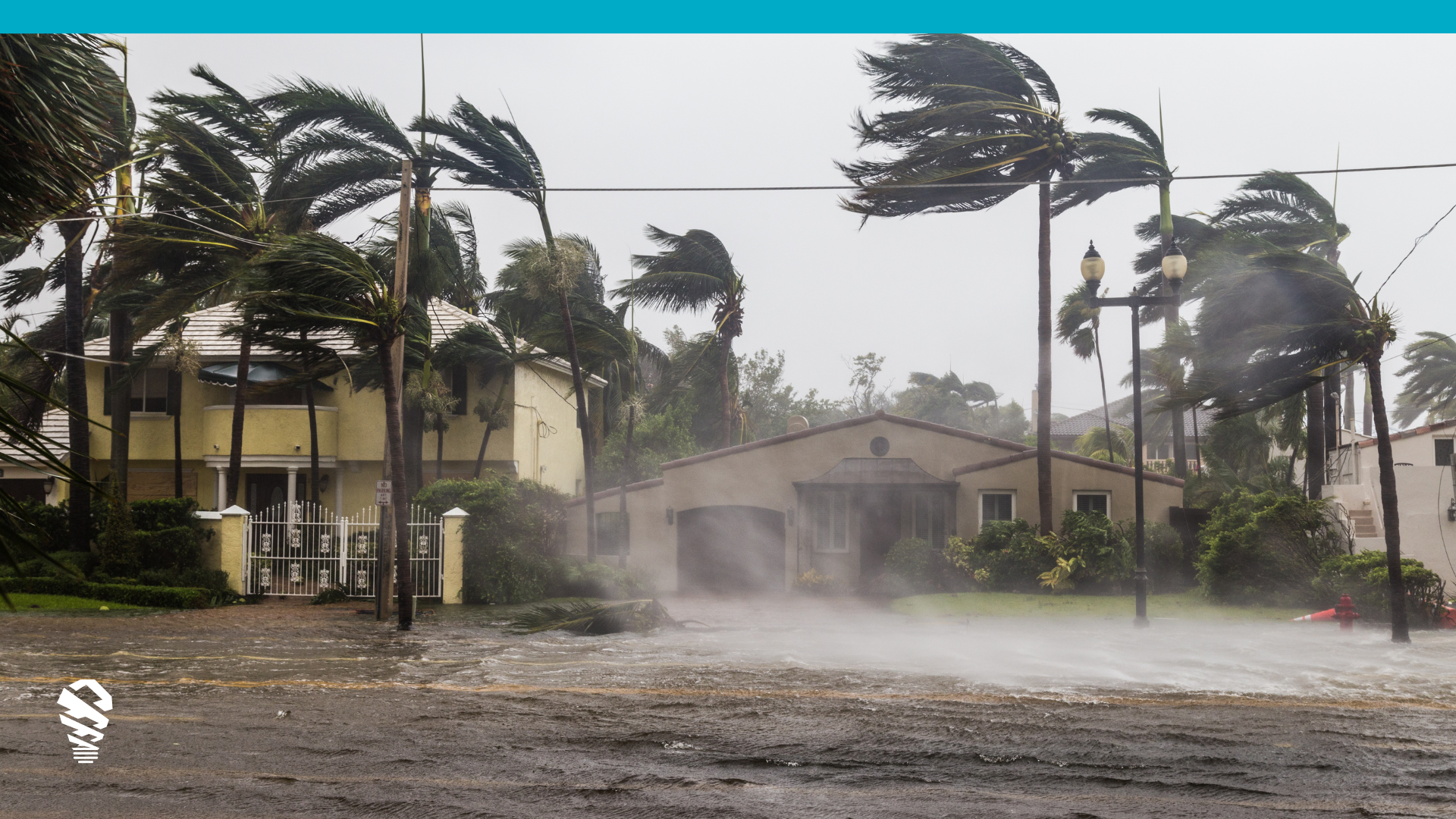Solar EPC firms are facing tightening margins and rising competition, operational efficiency is no longer a nice to have, it’s a lifeline. Join us as we explore the fundamentals and innovative strategies for overcoming solar industry challenges and how IMGING – the leading field tool for site surveys and design – can help. You’ll learn ways to streamline project execution and optimize financial outcomes.
Duration of Solar Projects
When solar projects extend beyond 90 days, installers face several financial challenges and potential penalties. Delays in project completion can trigger contract clauses that allow lenders or clients to retract some of the payments made to contractors, often referred to as “clawbacks.” These financial repercussions are a direct loss of income and strain the EPC’s cash flow. Prolonged projects tie up resources and capital, preventing them from being allocated to new projects, which further impacts the EPC’s ability to generate revenue and maintain operational stability. Additionally, delays can damage the EPC’s reputation, making it harder to secure future contracts.
Selling Power Purchase Agreements (PPAs)? The financial challenges differ but still exist.
- Delay Penalties: PPAs often include specific timelines for project completion. Delays beyond these timelines can result in financial penalties to compensate the buyer for the lack of electrical output, which they may have been counting on both operationally and financially.
- Performance Guarantees: EPCs typically guarantee a certain level of performance or output from the solar installation. Failure to meet these guarantees can lead to performance penalties or deductions from payments, impacting the EPC’s revenue and potentially increasing operational costs to rectify underperformance.
- Liquidated Damages: These are pre-agreed amounts that the EPC must pay if certain aspects of the contract are not fulfilled, such as delayed completion or failure to meet specified technical standards. Liquidated damages are meant to cover estimated losses that might occur due to non-compliance with the contract terms.
Understanding these penalties is crucial to managing risks and aligning operational strategies that tackle solar industry challenges to protect margins, cash flow, and maintain investor confidence. Lengthy delays at any stage of the post-sale process, increase the danger of financial penalties. Designing operations with leading technology tools and best-practice operational steps can mitigate the risk of slow handoffs or delays.
Reducing Customer Cancellations
Worse than delays, fees, and clawbacks are customer cancellations. Customer cancellations are a consistent solar energy challenge, but you have a bigger impact on the cancellation rate than you may realize. We have found that a project’s cancellation rate shows a strong correlation with a shorter time from sale to installation. The faster you get your systems in, the lower your cancellation rate will be.
Streamlining your post-sale field operations is one proven method to shorten your installation times. For example, reducing project timelines by 30 days could decrease cancellation rates from 25% to 20%, potentially boosting revenue by $120,000 monthly based on 100 contracts at $24,000 each (see this article for a deep dive and operational formulas to apply to your business). This direct correlation between operational efficiency and financial outcomes is not going away and IMGING Flight can get your site surveys done with plan sets available the next day, removing any potential backlogs or delays that could increase your installation time and your cancellation rate.
Beyond the tangible benefits of faster installations and reduced cancellations, operational efficiency fosters what can be called ‘cultural currency’—a harmonious relationship between operations, sales, design teams, financiers, and clients. This cultural strength fosters unity among operational, sales, and design teams, enhancing client satisfaction and facilitating referrals critical for business growth. IMGING’s rapid site survey capabilities play a pivotal role in this process, aligning all stakeholders and bolstering the company’s reputation and client trust. This synergy streamlines operations and solidifies sustainable business growth through increased customer loyalty.
Streamlining Processes with Integrated Systems
The disjointed use of separate proposal and CRM platforms can lead to inefficiencies in the process, one of the most common problems facing solar installers. IMGING’s API integration with CRMs allows seamless data transfer, enabling project managers to handle projects more efficiently. Integrating all data into your CRM can significantly reduce labor costs and increase project throughput (ask us about IMGING APIs and Zapier functionality to get site survey data, measurements, and CAD models right in your CRM).
Dependable Forecasts for Financers
Shading directly affects solar output and financial returns, making accurate shading assessment critical. For financiers, ensuring that solar installations are optimally designed to minimize shading losses can significantly boost the project’s financial viability and return on investment. IMGING provides detailed shading data, allowing for better prediction of energy production and more accurate financial modeling. This precision ensures financiers that their investments are sound, reducing risk and enhancing confidence in project outcomes.
Addressing Send Backs and Service Calls
Nailing your solar installation starts with precision in the initial site survey right after a sale. With IMGING, you get that precision straight off the bat, eliminating costly and time-consuming redesigns. IMGING will speed up the survey process without compromising accuracy and ensures your design is on point from the get-go. Result? You cut down on re-dos, slash operational costs, and keep your projects on track and on budget. It’s not about measuring twice and installing once; it’s about measuring right, once, with IMGING.
Conclusion
Solar industry challenges mean only the strong survive, making operational efficiency is more crucial than ever. IMGING boldly comes into play as a site survey technology tool that enhances the connection between field operations and design engineering. IMGING streamlines the journey from sale to power-on, reducing delays and bolstering profitability. With its refined integration capabilities, the tool offers a nuanced solution that improves accuracy and reduces both the need for costly redesigns and the frequency of service callbacks.








